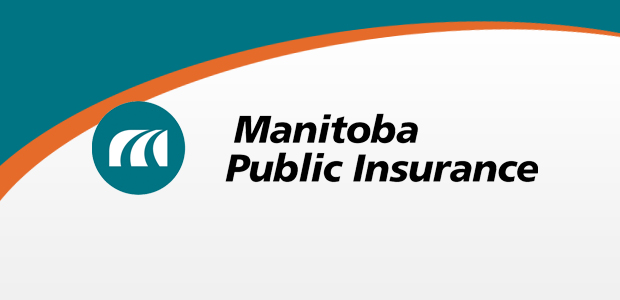Manitoba Public Insurance reported a net income of $42.3 million for the six months of its fiscal year ending August 31, 2017 – an increase of $69.2 million over the same time period last year. This includes net income from the Basic insurance line of business of $9.2 million in the first six months of the 2017/18 fiscal year.
Total earned revenues for the first six months rose by $33.5 million from the same period last year, driven mainly by increases in motor vehicle premium revenue due to an increase in the number of motor vehicles insured and the value of these vehicles as well as the approved Basic insurance rate increase of 3.7 per cent effective March 1, 2017.
“The overall financial picture was affected by a decrease of $63.6 million in total claims costs – including a $28.5 million decrease in bodily injury claims caused mainly due to increases in interest rates and a $40.7 million decrease in physical damage claims compared to the first six months of 2016,” said Peter Yien, Acting Vice-President, Finance and Chief Financial Officer, Manitoba Public Insurance.
“Historically, the first six months of the Corporation’s fiscal year generate positive financial results, which are then offset by an increase in claims costs during the winter months. As such, the financial results for the remainder of the fiscal year will continue to be closely monitored and the Corporation remains committed to achieving its corporate goals and serving the best interests of our customers.”
In June, Manitoba Public Insurance applied to the Public Utilities Board for an overall increase of 2.7 per cent in Basic insurance premiums for the 2018/19 insurance year. The proposed rate increase is linked to three factors affecting claims and claims costs; an increase in comprehensive claims costs, ongoing volatility in the financial markets, and changes to the design, construction and technological advances in vehicles that affect vehicle repair costs.
In addition to the 2.7 per cent overall rate increase, the Corporation is proposing changes to premiums charged under the Driver Safety Rating program to better align the premiums high-risk drivers pay to their actual claims costs.
To protect vehicle owners from future unpredictable rate increases, the Corporation is also committed to continue working collaboratively with the Public Utilities Board to establish an adequately-sized rate stabilization reserve that can be used to absorb variations in revenues, claims costs and ongoing volatility in the financial markets. The Corporation is optimistic consensus on this important issue can be reached through the General Rate Application process for the benefit of ratepayers and all Manitobans.




